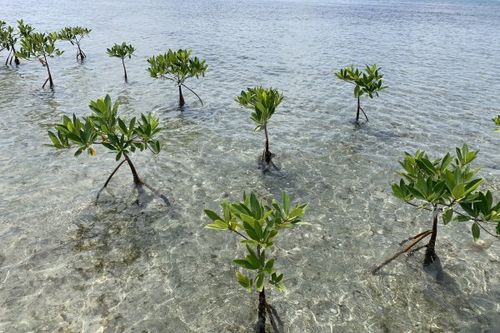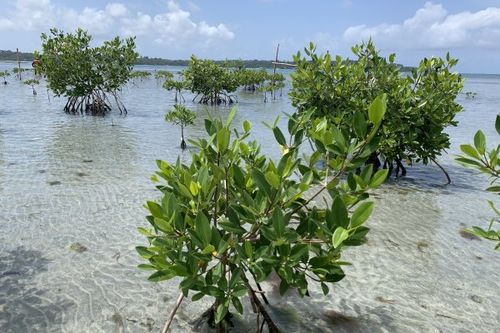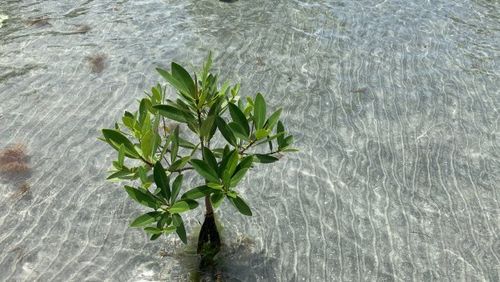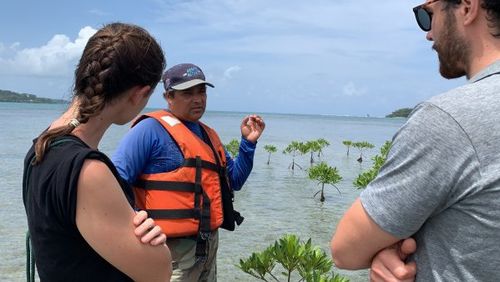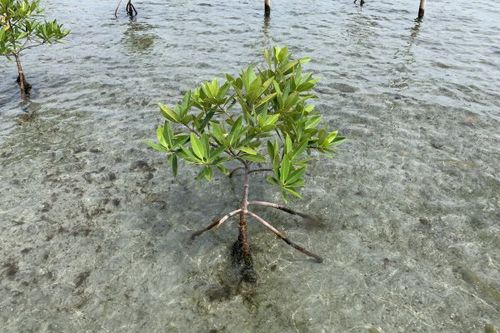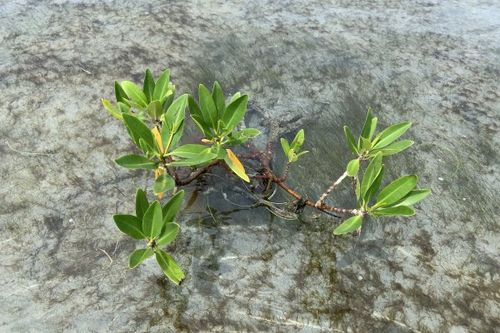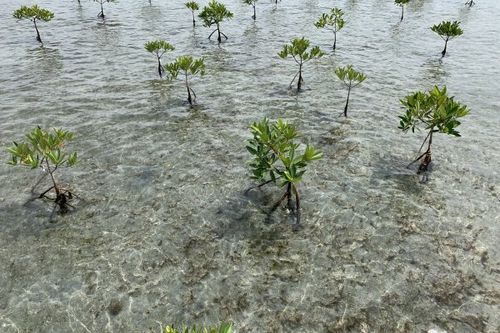
Carbonable is scaling up! Our second project will remove nearly 5,000 metric tons of carbon from the atmosphere. Introducing our first mangrove restoration project: Las Delicias!
The island of Colón in Bocas del Toro archipelago in Panama will see 10,000 native mangrove trees restore their wetlands. The project will span 20 years, producing 3603 sellable carbon credits to be traded on the voluntary carbon market. CarbonABLE will be minting 360 NFTs, representing 500m2 of mangrove wetlands each, on the 10th of May. Mark your calendar!
Years ago, the area was a tourist hotspot, but over time the area fell out of style. Erosion, sea-level rise, mass tourism and exploitation have degraded the mangrove wetlands here. The mayor of Bocas del Toro, has said of the project that, “The area has practically disappeared. Some time ago there used to be restaurants, piers, and tourist attractions that have ceased to exist due to direct erosion and rising sea levels”. This restoration can help reinstall eco-tourism in the region.
The project will plant only red mangroves, which are native to the region, and recreate the degraded wetlands as they were before they were damaged. Planting only one species of mangrove is not detrimental to the biodiversity because mangrove forests are often made up of one single mangrove species naturally. The restoration of this mangrove tree will restore a habitat that is home to marine wildlife such as crabs, sea sponges, sea urchins, starfish, and schools of fish that hide in the roots of the mangrove trees from predators.
The project is managed by Fundación Naturaleza Panamá, a non-profit that works to conserve and restore local ecosystems while promoting deeper engagement between local communities and their natural resources. The organization has worked in this region for the past five years, cooperating and collaborating with state institutions.
18 hectares of mangrove forests will be rehabilitated and become a carbon sink thanks to this project, and the local community, flora, and fauna will be better positioned to resist the negative impacts of climate change.
The methodology for choosing this project is twofold.
First, there is Carbonable’s screening criteria. We select projects that represent high quality voluntary carbon credits (VCCs) with minimal risk and high potential for success. To find these projects, we work with credible project developers. This means reviewing project developers' previous projects’ impact, financial reports and checking their references to make sure they have a solid track record and meet the highest quality standards through internationally recognized certifications. We also only finance projects that actively support 3 of the 17 Sustainable Development Goals (SDGs). Then we read the due diligence of the project as released by the project certifier. In the due diligence, we expect not only to find a reliable estimate of additionality (how much carbon will be removed from the atmosphere) but also risk assessments that include baseline data, additionality, durability and a plan to avoid double counting.
Second, there is the project certifier’s screening criteria. Carbonable and Wildsense share many screening requirements. The primary requirements are based on carbon offset (additionality, durability, leakage). The secondary requirements are fulfillments of Sustainable Development Goals, and include social and biodiversity targets. And the additional screening requirements in the Wildsense risk assessment matrix include geopolitical risk, climate change risk, socio-economic risk, and landownership and management.
Before we back a project from Wildsense, we analyze the due diligence released by Wildsense, and make sure it is a good investment for our holders. The full due diligence report is also available for our holders.










 1 points
1 points
